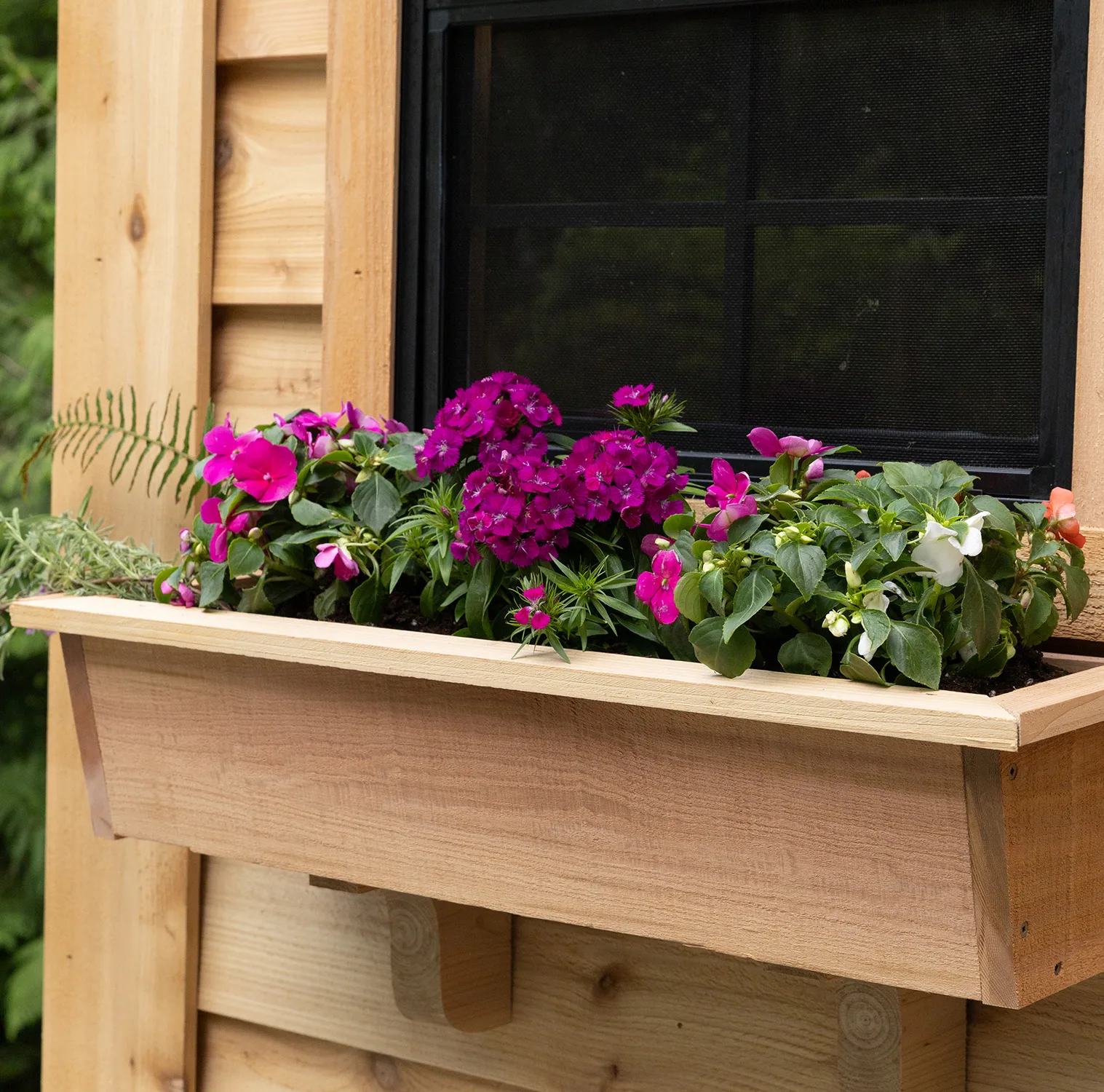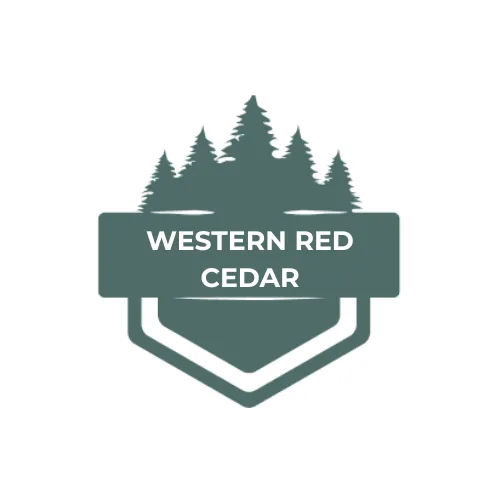Why Wood Choice Matters (and Why Cedar Wins)
Outdoor wood structures add warmth, beauty, and long-lasting function to your property — but only if they’re properly protected from moisture, insects, and weathering. Whether you’re maintaining a shed, pergola, greenhouse, or garden bed, understanding what causes wood decay (and how to stop it) can dramatically extend the life of your investment.
What Causes Wood Decay and Degradation?
Wood decay is caused when fungi break down the cellular structure of timber. For these fungi to survive, they need moisture, oxygen, moderate temperatures, a food source (wood itself).
Once active, decay fungi can weaken wood fibers, cause color changes, create softness, lead to cracks, checking, and structural instability.
Wood degradation also includes non-fungal damage such as UV exposure, weathering, insects, fire.
Together, these elements speed up wear and reduce a structure’s lifespan.
Why Western Red Cedar Holds Up Better
Western Red Cedar is one of the top-performing woods for outdoor structures due to its:
- Natural resistance to rot, decay, and insects
- Low density and inbuilt air pockets that reduce moisture retention
- Exceptional dimensional stability (less warping, less movement)
- Low-maintenance surface
- Long lifespan even when exposed to the elements
Because of its natural durability, cedar is commonly used for sheds, pergolas, greenhouses, garden beds, playhouses, and outdoor furniture.
If you want longevity with minimal upkeep, Western Red Cedar is one of the best choices.

How to Prevent Wood Decay in Outdoor Structures
1. Start With the Right Wood
Using durable species like Western Red Cedar (Thuja plicata) is a promising long-term solution. It naturally resists decay without relying on chemical preservatives.
Pressure-treated lumber offers some protection, but moisture control is still essential — preservatives alone can’t stop water absorption.
2. Control Moisture Exposure
Moisture is the #1 cause of wood decay.
To reduce it:
- Ensure proper drainage around structures
- Keep soil from touching the wood (especially garden beds, playhouses, sheds)
- Reapply a water-repellent finish as needed
- Repair leaks or standing-water areas right away
Reducing moisture dramatically slows fungal activity.
3. Stop Rot From Spreading
If you notice rot:
Identify the moisture source
Dry the area
Cut away or treat affected wood
Apply a fungicide or protective finish
Early treatment prevents it from spreading into nearby components.
4. Paint or Stain for Added Protection
Opaque paints provide strong weather protection thanks to high pigment content. They’re best applied in a factory setting for a smooth, long-lasting finish.
If painting onsite:
- Prime first
- Apply a durable topcoat
- Ensure the surface moisture content is under 16%
5. Choose Oils or Clear Finishes Carefully
Clear varnish or unpigmented oils can protect wood while showcasing its natural grain — but they generally:
- Have very low UV protection
- Require more frequent maintenance
- Should not contain wax if you plan to paint later
Always check with a qualified retailer for the right product choice.
6. Use Wood Stains for Added Protection
Wood stains:
- Protect against weather
- Enhance wood character
- Require re-application every few years
They’re a great middle-ground option if you want both aesthetics and durability.
7. Consider Translucent Coatings
These give a paint-like film while still showing wood grain.
Re-apply as needed (location-dependent) to keep the structure protected and looking new.
The Best Finishes for Outdoor Wood
Here’s a quick summary of common finishing options:
Finish Type | Protection Level | UV Protection | Best For |
|---|---|---|---|
Opaque Paint | Excellent | Strong | Sheds, pergolas, exposed structures |
Wood Stain | Good | Moderate | Sheds, garden beds, outdoor furniture |
Clear Varnish / Oil | Mild | Low | Interior-facing wood or shaded structures |
Translucent Coatings | Very Good | Good | High-visibility cedar products |
Boiled linseed oil is commonly used to seal wood and slow degradation — but must be applied carefully.
Ready to Build With Longer-Lasting Wood?
Explore outdoor structures handcrafted from premium Western Red Cedar — sustainably sourced, naturally durable, and built for long-term performance.
Shop sheds, pergolas, garden beds and more at Outdoor Living Today.




